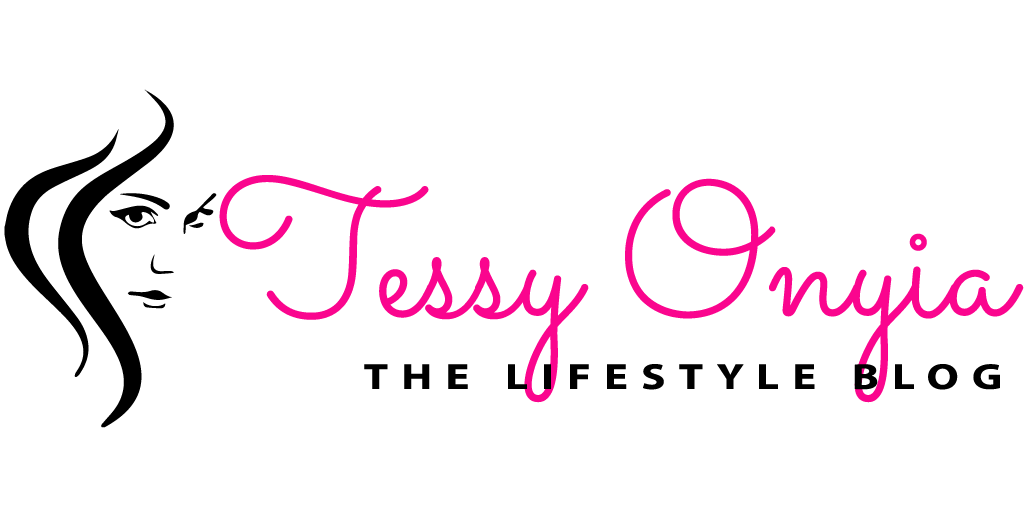
When to wean is a question facing all breastfeeding mums. How does a new mum know when to introduce solid food into her baby’s diet and what sort of food can a baby eat?
At present the World Health Organisation recommends that all babies be breastfed exclusively for six months. A long time, you may think, especially in the middle of a colic episode or growth spurt! However, there are real concerns for the welfare of babies that have led to this advice.
In the past many babies were fed solid foods at very young ages. It is now believed that their bodies were unable to cope with the demands this placed on them; a dramatic increase in the incidence of allergies and food intolerances meant guidelines were reviewed and altered.

The main danger that comes with introducing solid food too early is that babies may receive too much salt in their diets, leading to potential kidney problems in later life.
So, if you follow the advice of the World Health Organisation, you will see that it makes sense to put off giving food other than breastmilk for the first six months.
So how do you encourage a six month old baby to eat solids? The main thing to remember is that you should introduce solids gradually.
When your baby is ready for solid food he will begin to demand feeds more often, and may never seem satisfied for very long. He will start to take an interest in your meals and may even try to help himself! He will begin lip-smacking and chewing as he mimics you. A real sign that solids are imminent is the development of teeth.
Speak to a health-visitor if you think your baby is very hungry. If your baby is under six months you may find that he is just going through a prolonged growth spurt. If this is the case, his hunger will normally settle down after a few days when your milk supply has increased.
When your baby reaches the six month target, and you are sure that he is ready for solid food, try a teaspoonful of watery baby rice or baby porridge. Try to keep foods very bland and runny at the beginning.
It is wise to only introduce one food at a time so that you can identify any intolerances or allergies. Sometimes these can take several days to take effect, so stick to one food for a few days before moving onto another.
Some babies are happy to have one solid feed a day at the beginning of weaning, whereas others require more frequent feeds. It is a good idea to offer the breast before and after each feed to maintain a good milk supply.
Cows milk and dairy products, eggs, fish particularly shellfish), nuts (especially peanuts), some fruits and foods containing gluten can all cause allergic reactions. So be careful with your choices…
From six months babies can digest protein so red meat, fish ,eggs, cheese, chicken and pulses can all be introduced.
Do not give peanuts to babies under one year old: if there is a history of allergies in your family avoid giving them for at least three years. As well a being an allergy hazard they can also be a choking hazard.
Honey should also be avoided for the first year as babies can contract botulism from it.
Eggs must be thoroughly cooked but can be introduced from six months.
Buy gluten-free baby food at the beginning of weaning, if possible, as gluten can cause coeliac disease. Usually a six month old baby can digest gluten without any problems but younger babies are more at risk.
Some babies react to citrus fruits such as oranges but alternative fruit juices can be given instead, such as apple juice.
Never add salt to food which your baby will eat. If he is ready to eat the same meals as the rest of the family do not add gravy until you have removed the baby’s portion, as gravy can contain a lot of salt.
It is best to introduce savoury foods prior to sweet foods as babies very quickly develop a sweet tooth! They tend to enjoy pureed carrots, broccoli, sweet potatoes, turnip and parsnip and any combination of these foods. Babies also love stewed apples and pears or mashed bananas and strawberries!
However, many babies dislike potatoes at the beginning of weaning. When the baby is a little more experienced with tastes and textures you can start adding some potato to his meals.
Let the baby decide when he has had enough of any particular meal. Never force-feed the baby. He only needs a little bit of solid food each day. For some babies a few spoonfuls will be enough; for others a main course and dessert are required!
If he refuses to eat one type of food avoid it for a while and try something else. Return to the disliked food after a few days and try again. Some babies can be very fussy, whereas others eat whatever is placed in front of them!
Take it slowly and it will not be such a big change for either you or your baby. Weaning should be a fun experience for you both. After a very short time your baby will look forward to his solid feeds and will even start to let you know that he wants more!

No Comments